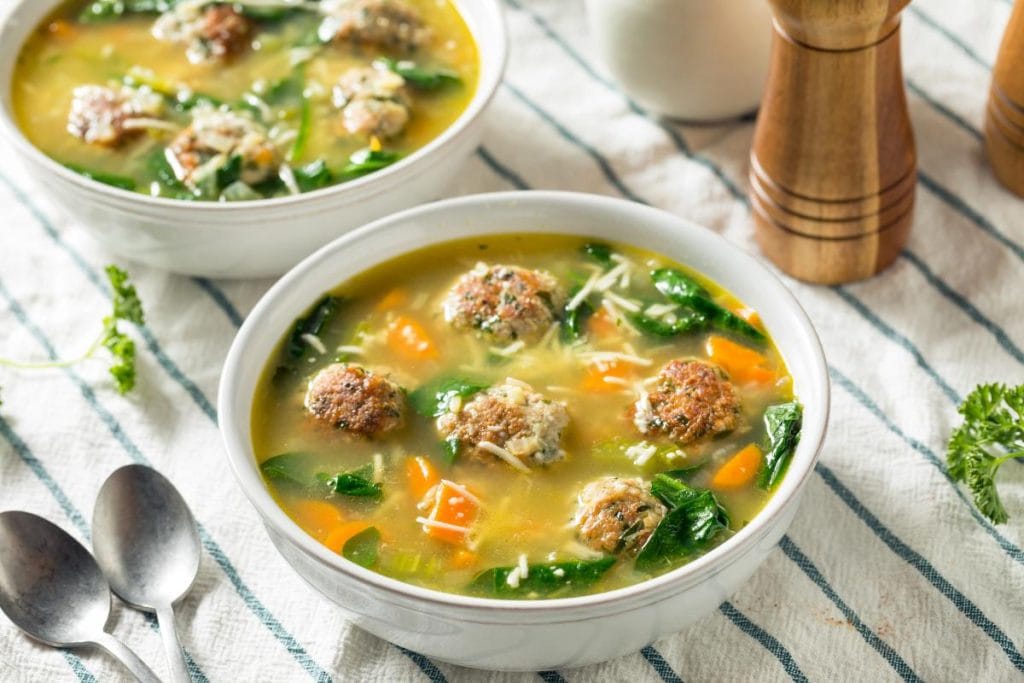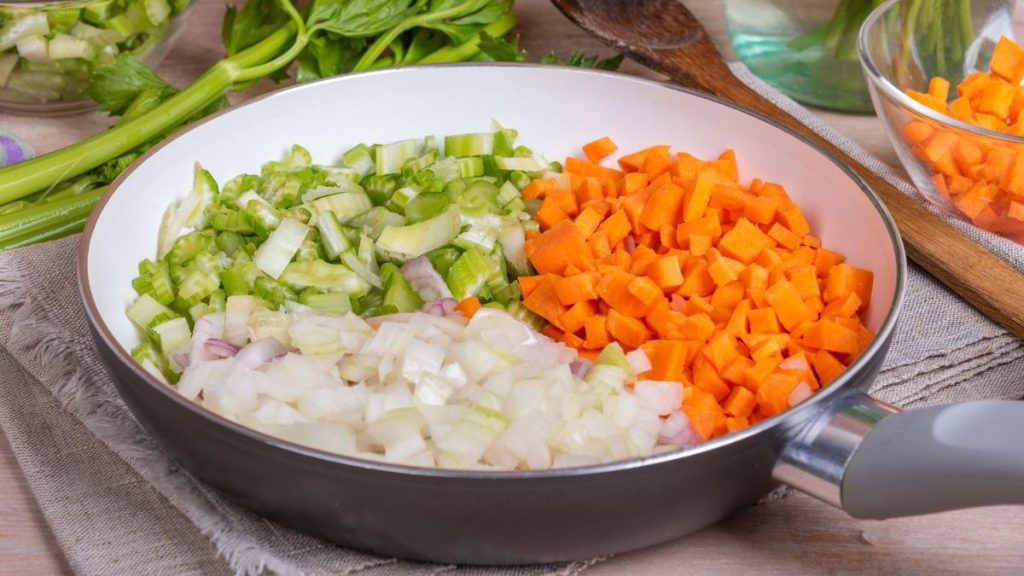
There’s something magical about that moment when you lift the lid of a simmering pot of soup and are enveloped by aromatic steam. Maybe it reminds you of your grandmother’s kitchen, or perhaps it takes you back to that tiny bistro you discovered on vacation. Whatever memories it evokes, there’s no denying that homemade soup has a special way of turning an ordinary meal into a moment of pure comfort.
We all know there’s nothing quite like a steaming bowl of homemade soup to warm both body and soul. While our taste buds are always changing, the fundamentals of great soup-making remain timeless. Whether you’re a cooking novice or a the best amateur chef in the family, these simple tips will help you create restaurant-worthy soups every time.
1. Start With a Proper Mirepoix

The secret to exceptional soup lies in its foundation. Professional chefs swear by the classic mirepoix — a blend of diced onions, carrots, and celery that forms the backbone of most great soups. The magic ratio? Two parts onion to one part each of carrots and celery. But here’s the real trick: take your time. Sautéing these aromatics slowly over medium-low heat for 10-15 minutes allows them to release their natural sugars, creating a deeper, more complex base for your soup.
2. Layer Your Seasonings
Think of seasoning as building a symphony of flavors. Rather than adding all your herbs and spices at once, introduce them in stages to create depth. Hardy herbs like thyme and bay leaves should go in early, while delicate ones like basil or parsley are best added near the end. Take a classic Italian wedding soup, for instance — its rich flavor comes from carefully timing when each seasoning enters the pot, from the initial hit of garlic to the fresh parsley.
3. Mind Your Liquids
The backbone of any great soup is its liquid base, and this is where many home cooks stumble. Store-bought stock is convenient, but opt for low-sodium varieties so you can control the salt level. Here’s a game-changing tip: after sautéing your vegetables, deglaze the pan with a splash of white wine or even just a bit of water. Those browned bits stuck to the bottom (what chefs call “fond”) are pure flavor gold. Keep an eye on consistency too — you can always thin out a soup, but thickening it last-minute can be tricky.
4. Master the Art of Timing
Every ingredient has its perfect moment to enter the pot. Hearty root vegetables might need 20-25 minutes to become tender, while delicate green peas need just a few minutes. Add pasta? Wait until the end and cook it directly in the broth, but be aware it will continue absorbing liquid even after the heat is off. For meat-based soups, consider cooking proteins separately and adding them later to prevent overcooking — nobody wants tough, stringy chicken in their soup!
5. Don’t Skip the Finishing Touches
The difference between a good soup and an outstanding one often comes down to the final minutes. Always taste and adjust seasonings at the end — remember, flavors concentrate as soup simmers. A splash of acid (like a squeeze of lemon juice or a touch of white wine vinegar) can brighten an entire pot of soup. Fresh herbs, a drizzle of good olive oil, or a sprinkle of freshly grated Parmesan can really elevate the flavor.
Remember, great soup can’t be rushed. Each step builds upon the last, creating layers of spices and flavor that make your soup memorable. Don’t be afraid to experiment — some of the best soups come from creative improvisation and learning what works for your palate. With these fundamentals in your cooking arsenal, you’re well on your way to creating soups that will have family and friends asking for seconds.
And the best part? The more you practice these techniques, the more intuitive soup-making becomes. Soon enough, you’ll find yourself creating your own signature soups that perfectly match your family’s tastes. After all, cooking is all about evolution and discovering what delights your dinner table the most.
